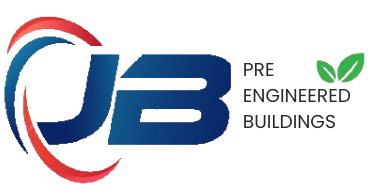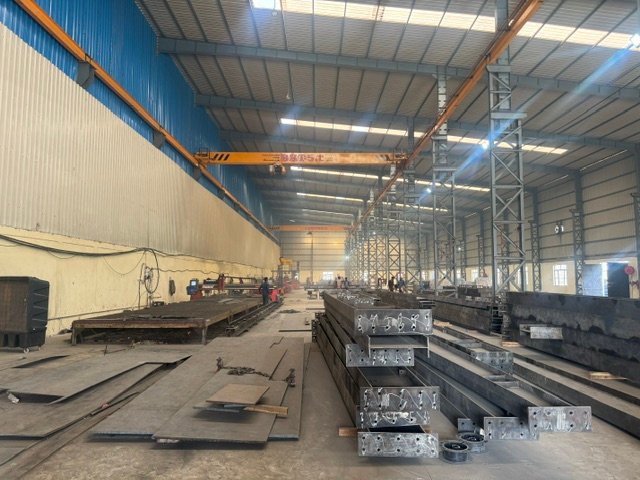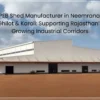Future Trends in Pre-Engineered Buildings
The construction industry is evolving rapidly, and Pre-Engineered Buildings (PEBs) are at the forefront of this transformation. As technology advances and sustainability becomes a global priority, PEBs are poised to address modern infrastructure needs more effectively. Here are some of the emerging trends shaping the future of PEBs:
1. Integration of Smart Technologies
- IoT-Enabled Structures: PEBs are increasingly incorporating Internet of Things (IoT) devices for real-time monitoring of structural integrity, energy consumption, and environmental conditions.
- Automation: Smart lighting, climate control, and security systems are becoming common in PEBs, making them more functional and efficient.
2. Sustainability and Green Building Practices
- Eco-Friendly Materials: The use of recyclable and sustainable materials is gaining traction, reducing environmental impact.
- Energy Efficiency: Solar panels, energy-efficient insulation, and rainwater harvesting systems are being integrated into PEB designs.
- Carbon Neutral Goals: Companies are working toward carbon-neutral PEB projects to meet global sustainability targets.
3. Advanced Manufacturing Techniques
- 3D Printing: The use of 3D printing technology is revolutionizing PEB components, enabling faster production with greater precision.
- Robotics and Automation: Factories are employing robotics for enhanced efficiency and reduced human error during the manufacturing process.
4. Customizable and Modular Designs
- Increased Flexibility: Future PEBs will offer greater design flexibility, allowing for unique architectural elements tailored to specific needs.
- Modular Construction: Pre-fabricated modular units make assembly even faster and more adaptable to changing requirements.
5. Focus on Resilience
- Extreme Weather Adaptability: PEBs are being designed to withstand increasingly severe weather conditions, including hurricanes, floods, and earthquakes.
- Longer Lifespan: Enhanced materials and coatings are extending the durability and maintenance-free periods of PEBs.
6. Adoption of Building Information Modeling (BIM)
- Precise Planning: BIM technology allows for detailed 3D modeling, improving project planning and reducing errors during construction.
- Collaboration: BIM enhances coordination between architects, engineers, and contractors, streamlining the entire process.
7. Expansion into New Sectors
- Urban Applications: PEBs are increasingly being used in urban infrastructure, such as airports, train stations, and commercial complexes.
- Residential Projects: The demand for affordable housing is driving the adoption of PEBs in residential construction.
8. Globalization of Standards
- As PEBs gain popularity worldwide, standardization of materials, processes, and certifications is making international collaborations smoother and more efficient.
Conclusion
The future of Pre-Engineered Buildings lies in innovation, sustainability, and adaptability. As new technologies and design philosophies emerge, PEBs will continue to redefine the construction landscape, offering efficient, durable, and environmentally conscious solutions.
At Jai Bharat PEB, we are committed to staying ahead of these trends, delivering state-of-the-art PEB solutions that meet the demands of tomorrow. Let us help you build the future today!






